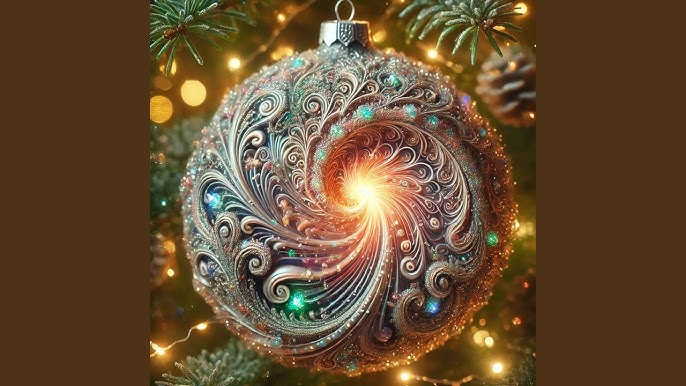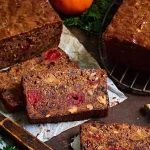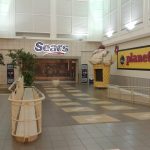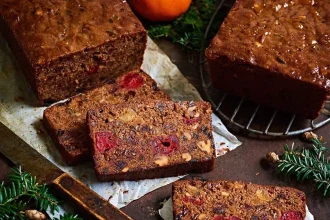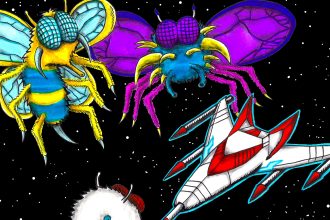The 1940s: Rise of the Feather Trees
Long before plastic and PVC, artificial trees were made from actual bird feathers. Yes, real goose feathers—dyed green, white, or even red—were twisted around wire frames to create conical trees that mimicked the shape of fir or spruce. These feather trees originated in Germany in the 19th century but gained popularity in the United States during the 1940s, especially during World War II when metal and other materials were rationed.
Feather trees were prized for their soft texture and subtle shimmer. Unlike today’s dense, full-bodied trees, they were airy and delicate, often decorated with small glass ornaments, tinsel strands, and candle lights (though fire hazards eventually led to electric replacements). Catalogs from the 1940s, such as those from Sears and Montgomery Ward, featured these trees in various sizes, from tabletop versions to towering floor models reaching over six feet.
A 1940s catalog illustration of a green feather tree, often sold in kits with separate branches.
What made these trees special was their handmade quality. Families would assemble them branch by branch, creating a ritual that mirrored the care of a real tree. Some sets even included feather garlands and matching wreaths, turning the entire holiday decor into a coordinated, feathery theme. Though they fell out of favor by the 1960s, feather trees are now sought after by collectors and vintage decor enthusiasts.
The 1950s: Enter the Aluminum Revolution
If the 1940s were about soft, natural imitation, the 1950s were all about bold, futuristic flair. Post-war America embraced modernism, and nothing said “space age” quite like a shiny silver aluminum Christmas tree. Introduced by the Aluminum Specialty Company of Manitowoc, Wisconsin in the late 1950s, these trees were made from thin strips of aluminum foil wrapped around a central pole. They came in silver, gold, and even bold colors like pink, turquoise, and lime green.
The aluminum tree was a symbol of progress and innovation. It required no watering, shed no needles, and could be assembled in minutes. But the real magic happened with lighting. Instead of stringing traditional bulbs, these trees were designed to be illuminated by a rotating color wheel projector placed beneath them. As the wheel spun, it cast a mesmerizing rainbow of colors across the metallic branches, creating a dazzling, otherworldly glow.
Aluminum trees weren’t just popular—they were iconic. They appeared in department store windows, holiday specials, and even the 1965 A Charlie Brown Christmas special (though Linus and Charlie Brown famously championed the real tree). Despite the cartoon’s message, aluminum trees remained a top seller through the 1960s. Companies like General Electric and Sears offered matching aluminum ornaments and star toppers to complete the look.
A 1950s family poses with their new aluminum Christmas tree, lit by a color projector.
The 1970s: Flocked Fantasy and Plastic Realism
By the 1970s, tastes shifted again. The sleek minimalism of aluminum gave way to a desire for realism and coziness. Enter the flocked tree—artificial pines coated in a powdery white substance meant to mimic snow. These trees, often made from PVC or polyethylene, were denser, fuller, and more lifelike than their predecessors. Flocking wasn’t just decorative; it added texture and depth, making the tree look like it had been dusted by a gentle winter storm.
Flocked trees were marketed as the “best of both worlds”: no mess, no shedding, but with the charm of a freshly cut evergreen. Catalogs from the 1970s show families gathered around trees adorned with handmade ornaments, popcorn strings, and candles (now safely electric). The color palette returned to traditional greens and browns, with snowy whites enhancing the wintry feel.
Companies like National Tree Company and Balsam Hill began perfecting the design of artificial trees, introducing hinged branches for easier setup and pre-lit models with incandescent lights. The 1970s also saw the rise of themed trees—candy cane striped, pastel-colored, or even scented with pine fragrance. These innovations made artificial trees more accessible and appealing to a broader audience.
A 1970s flocked tree with vintage ornaments and a fabric star topper.
Interactive Slider: Then and Now
To truly appreciate how artificial trees have evolved, we’ve created an interactive slider that compares original vintage catalog pages with modern photo recreations. Swipe or scroll through to see how these trees looked in their heyday—and how they’d appear if you set one up in your home today.
Free Printable: 1960s Tree Assembly Instructions
Want a fun holiday activity that blends nostalgia with creativity? We’ve recreated a vintage-style instruction sheet for assembling a 1960s aluminum Christmas tree—just like the ones included in original boxes. Download and print this free PDF to use as wall art, a gift tag, or a conversation starter at your next holiday party.
A Timeline of Artificial Tree Innovation
- 1940s: Feather trees dominate; handmade, delicate, and available in multiple colors.
- 1955: First aluminum tree introduced by Aluminum Specialty Company.
- 1959: Aluminum trees appear in major department store catalogs.
- 1965: Featured in A Charlie Brown Christmas, sparking both fame and controversy.
- 1970s: Flocked trees rise in popularity; plastic realism becomes the standard.
- 1980s: Pre-lit trees with incandescent lights become common.
- 2000s: LED-lit, energy-efficient trees with remote controls and app integration.
This timeline shows how artificial trees have mirrored broader cultural trends—from wartime practicality to space-age optimism to modern convenience.
We Want to Hear From You!
💬 Share a photo of the Christmas tree you grew up with! Was it a shimmering aluminum model? A fluffy flocked giant? Or perhaps a beloved real tree from the backyard? Upload your picture in the comments and tell us about your holiday memories. Let’s build a gallery of nostalgic trees from around the world.

